Melbourne’s architectural landscape is a testament to innovation and style and at the heart of many of these iconic structures lies the hidden hero: the structural steel. In this blog post, we will unravel the role of structural steel in Melbourne architecture, focusing on its impact on windows and doors.
Elevating Melbourne’s Skyline
First of all, structural steel forms the backbone of many modern skyscrapers and buildings that define Melbourne’s skyline. In fact, one of its most compelling applications is in windows and doors. Thanks to its exceptional strength-to-weight ratio, structural steel enables architects to create expansive glass panels that offer breathtaking views while maintaining the building’s structural integrity. Certainly, structural steel in Melbourne has played a major role in shaping the city’s skyline.
The following are a few ways that structural steel has elevated Melbourne’s skyline:
- Construction of taller structures: Because structural steel is both strong and light, tall structures may be built with it. This explains why structural steel is used to construct many of Melbourne’s highest structures, including Eureka Tower and Rialto Towers.
- Open floor plans: Unlike concrete columns, steel beams may be placed farther apart, resulting in more open floor plans. This is a characteristic that many commercial and office buildings want to have.
- Complex designs: Steel is easily bent and moulded, allowing for the creation of more intricate and visually arresting shapes. In fact, many of Melbourne’s notable structures, such as the Melbourne Museum and the Arts Centre Melbourne, demonstrate this.
- Durability and low maintenance: Structural steel is an extremely durable material that can survive the harsh Australian climate. Steel buildings also require less care and maintenance than those built with other materials.
Structural Steel in Melbourne: A Seamless Blend of Strength and Aesthetics
In Melbourne, where architecture is celebrated as an art form, structural steel offers the best of both worlds: exceptional strength and limitless design potential. Steel-framed windows and doors not only provide a sense of security but also seamlessly integrate with various architectural styles, from sleek modernism to historic charm.
The city’s architectural landscape is a reflection of its extensive history and dynamic cultural environment. Thus, we compiled a few architectural styles that you can find in Melbourne:
Victorian
Its lavish ornamentation, which includes intricate brickwork, cast iron lacework, and patterned tiling, made it popular during the 19th century. The Old Treasury Building, the State Library of Victoria, and the Royal Exhibition Building are three of Melbourne’s most recognizable examples of Victorian architecture.
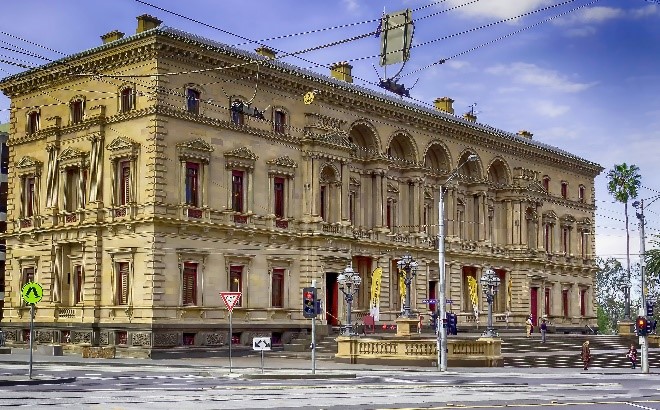
Edwardian
This architectural style, which is a later evolution of Victorian architecture, distinguishes itself for its cleaner lines and restrained embellishment. The Parliament House and the Melbourne Town Hall are two of Melbourne’s most renowned examples of Edwardian design.
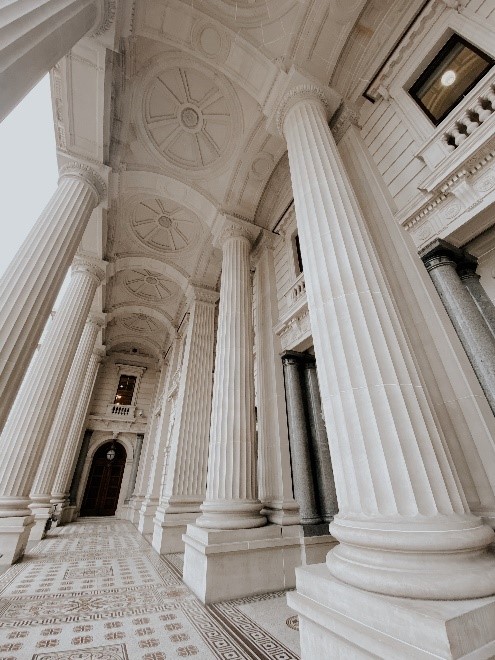
Federation
This early 20th-century style, which combines Victorian and Edwardian characteristics with Art Deco, first appeared in Australia. The Princess Theatre and the Block Arcade are two of Melbourne’s most popular examples of Federation architecture.
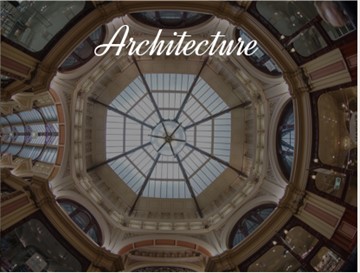
Art Deco
This design era, which peaked in the 1920s and 1930s, stands out because of its geometric designs, strong lines, and the application of ornamental themes. The Myer Emporium and the Rialto Towers are two of Melbourne’s most stunning examples of Art Deco construction.
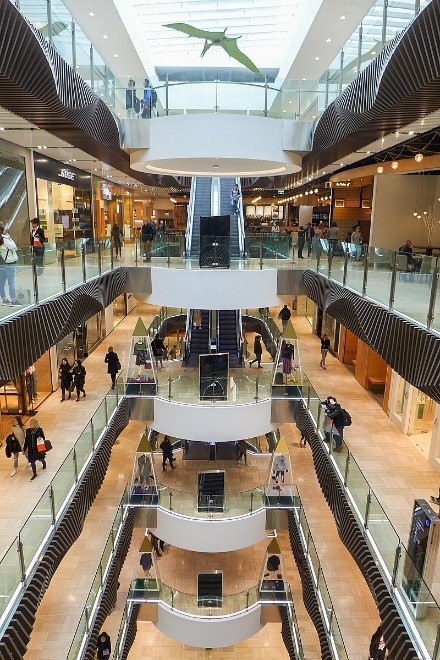
Modernist
This style, which first appeared in the middle of the 20th century, is distinguished by its preference for function over form. The Melbourne Museum and the Arts Centre Melbourne are two of Melbourne’s most renowned examples of modernist architecture.
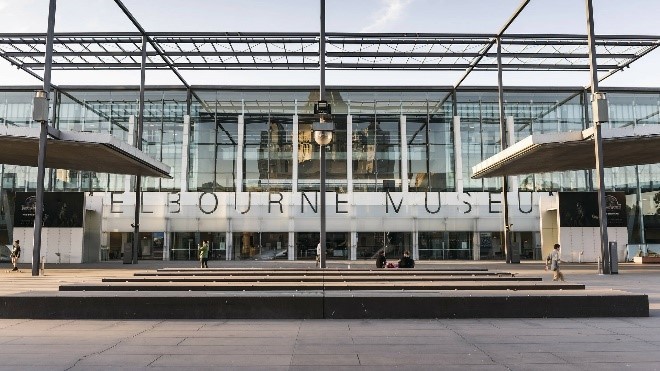
Postmodern
This late 20th-century fashion distinguishes itself by its eclectic blending of materials and styles. The Melbourne Central and Eureka Tower are two of the most fascinating examples of postmodern architecture in Melbourne.
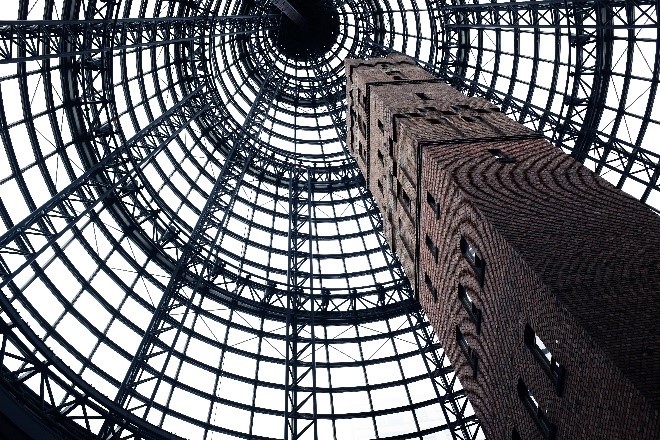
Showcasing Melbourne’s Architectural Marvels
Let us journey through Melbourne’s streets, exploring landmark structures that employ structural steel in their windows and doors. From the majestic Federation Square to the avant-garde Melbourne Arts Centre, these buildings serve as living examples of how structural steel has contributed to the city’s architectural heritage.
Federation Square
Numerous cultural organizations, including the National Gallery of Victoria and the Melbourne Museum, are within this renowned public space. The steel arches that support the glass roof are the square’s unique feature.
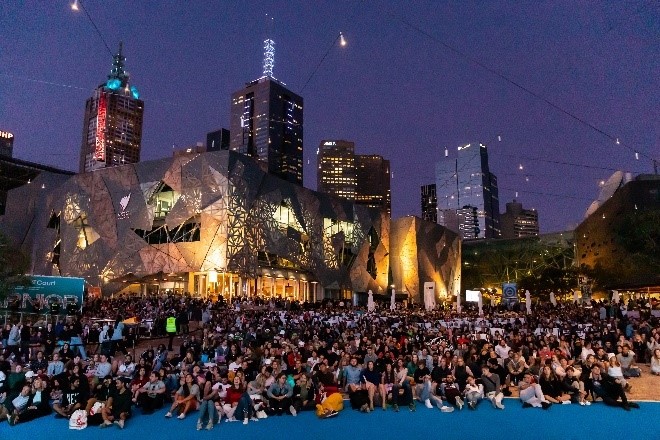
Melbourne Arts Centre
This world-renowned performing arts centre uses structural steel in novel ways. The Hamer Hall, a music hall with a striking steel top that mimics a wave, is the centre’s most popular feature.
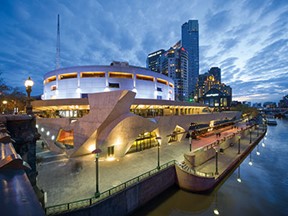
Rialto Towers
This 55-story skyscraper stands as Melbourne’s highest structure. The Rialto has a sleek and contemporary design thanks to its steel frame that is covered in glass and aluminium.
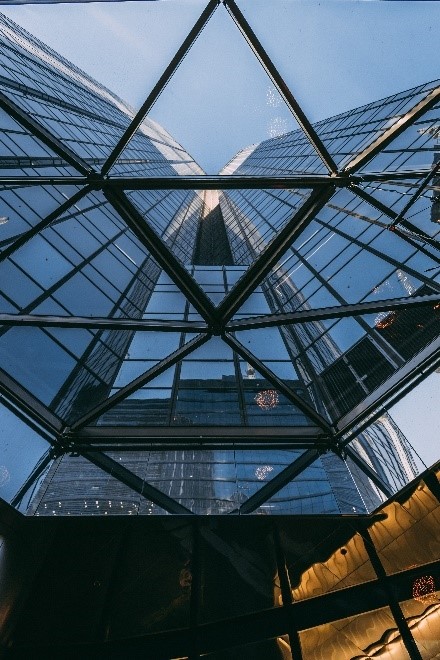
Royal Exhibition Building
Built in 1880 for the Melbourne International Exhibition, this iconic structure is still standing today. The facade of wrought iron and glass covers the steel structure of the show building.
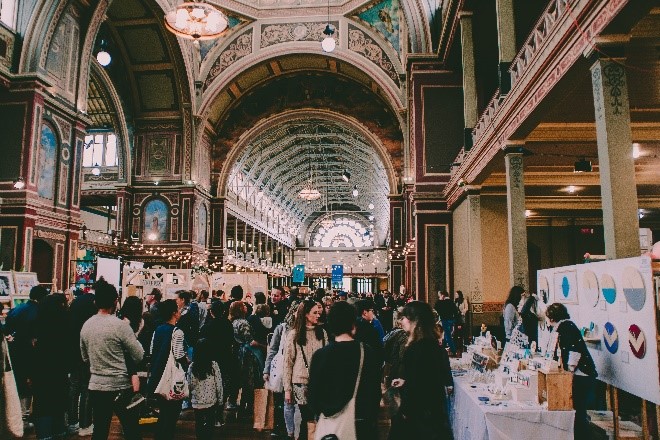
Melbourne Central
Finally, this is one of Melbourne’s busiest shopping centres. The columns that support the mall’s steel frame appear in a striking checkerboard pattern.
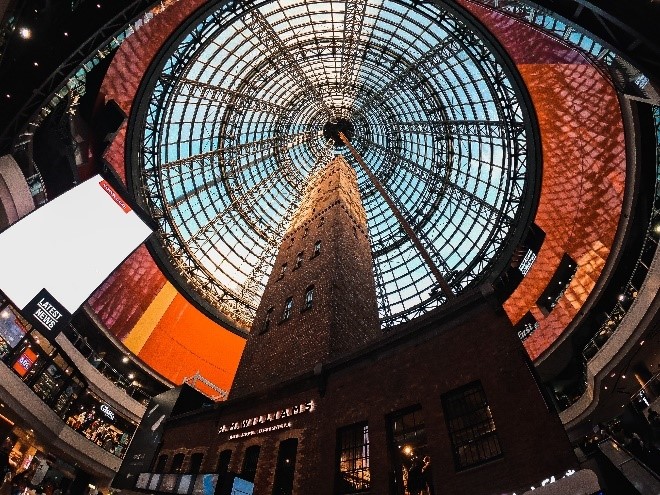
Numerous other smaller buildings use structural steel in Melbourne. These include overpasses, railroad stops, and residential homes. Indeed, structural steel is a significant part of Melbourne’s architectural legacy.
Indeed, stylish steel furniture, windows and doors can all play an important part in the architectural layout and interior design of your space – contact us for a quote and let us discuss your ideas today!


